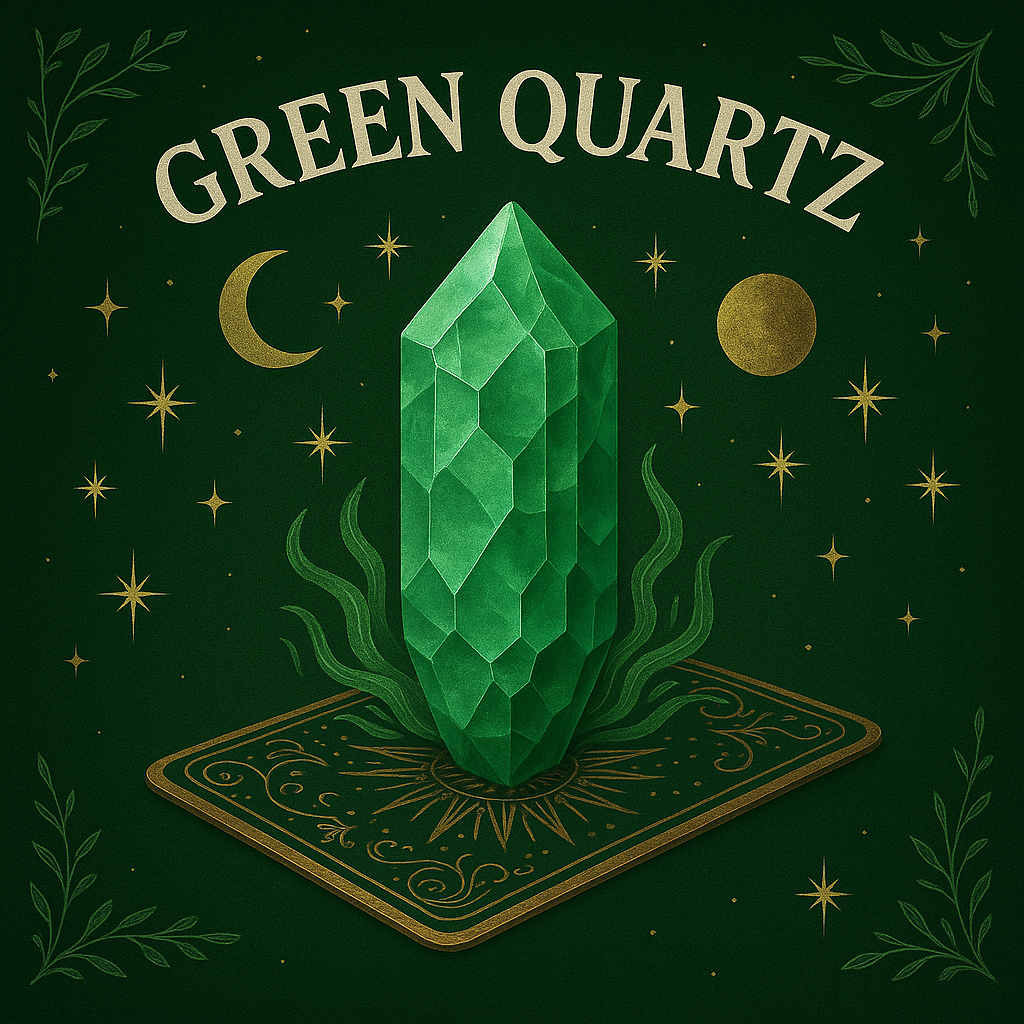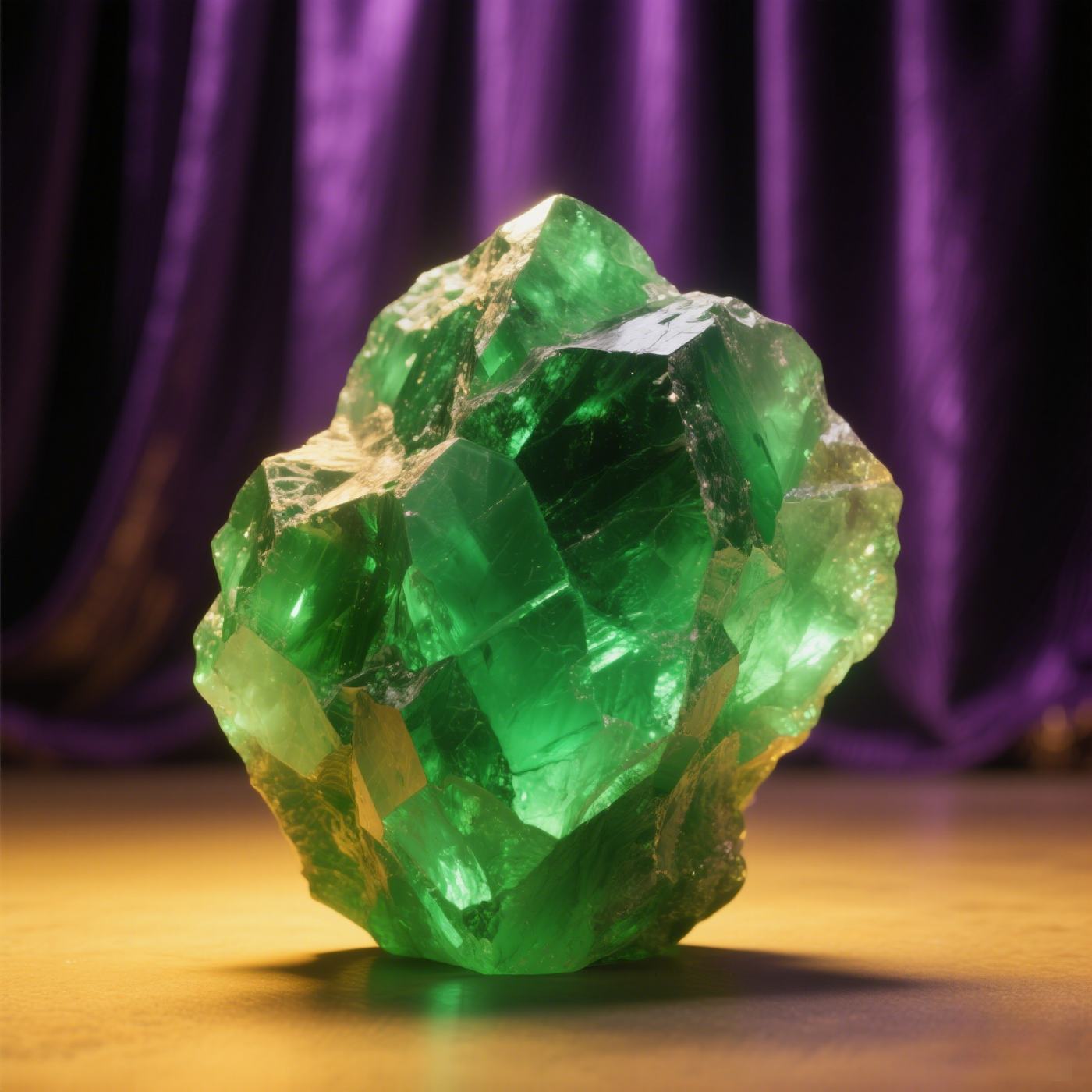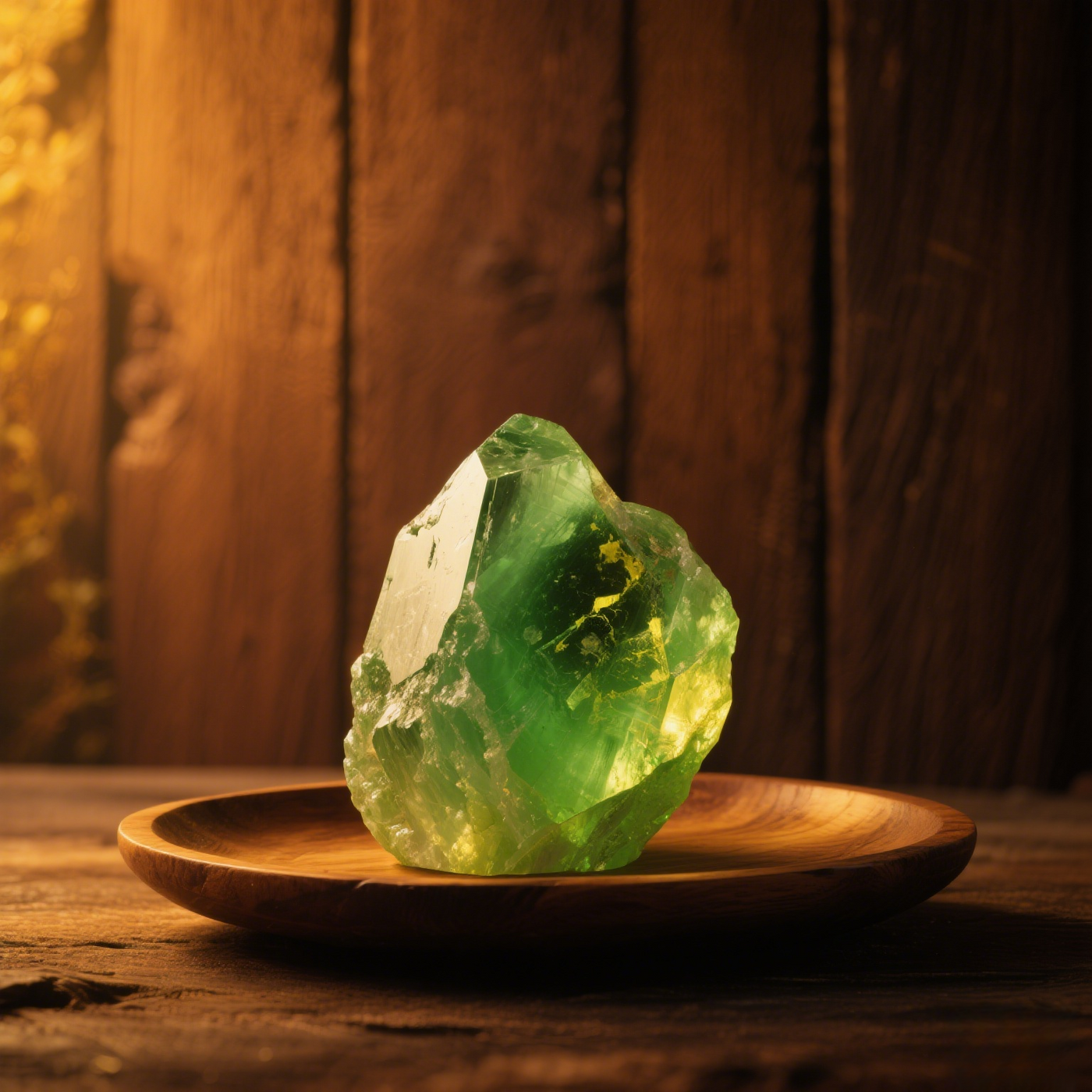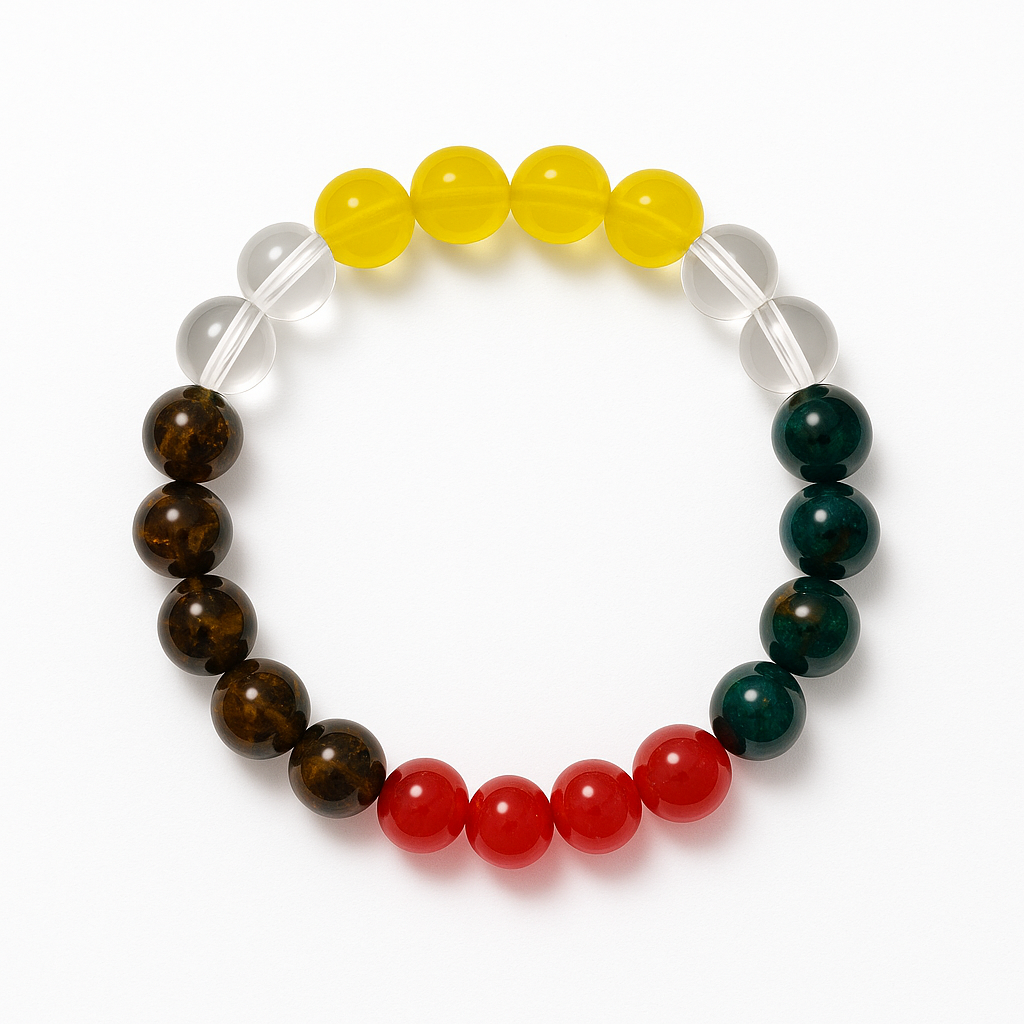
🟢 Green Quartz, is a member of the quartz family.
❇️ is vitreous, has a MoHS hardness of about 7, a refractive index of 1.544-1.553, a density of 2.65 g/cm ³, and belongs to the trigonal crystal system.
💚 Why does crystal appear green? It is because trace elements such as iron, chromium, titanium and vanadium affect the absorption and reflection of light, crystal structure defects change the characteristics of light, and the green minerals or impurities wrapped inside have an impact on color.

📗 In ancient China, green crystal was called blue crystal. According to the "Compendium of Natural History", "its blue color is like the white light under the moon, charming and lovely." In ancient culture, crystal was often regarded as a noble object. Although there were no specific mythological stories related to it as in the West, it was still endowed with auspicious and beautiful meanings and was often used to make various ornaments and handicrafts for the appreciation of the nobility.
🍀 Green quartz is called the "stone of life" for a variety of reasons. Visually, its fresh green color can remind people of the vibrant natural scene and give positive psychological hints. In terms of cultural implications, in the ancient Chinese theory of the Five Elements, green is associated with the wood element, symbolizing growth and ceaselessly. Western culture also associates green with life and natural forces, so green crystal is regarded as a symbol of vitality and energy.

🎍tips:
1. Store separately: Green crystal has a relatively low hardness and is prone to scratches. It should be placed separately in a jewelry box or wrapped in a soft cloth.
2. Wear with care: Do not wear during vigorous exercise to prevent damage from collision.
3. Cleaning method: Wipe with mild soapy water and a soft cloth, rinse thoroughly with clean water and dry.
4. Maintenance environment: Avoid high temperatures and direct sunlight, and maintain an appropriate humidity of 40% to 60%.
5. Regular inspection: Check if the inlay is firm.











